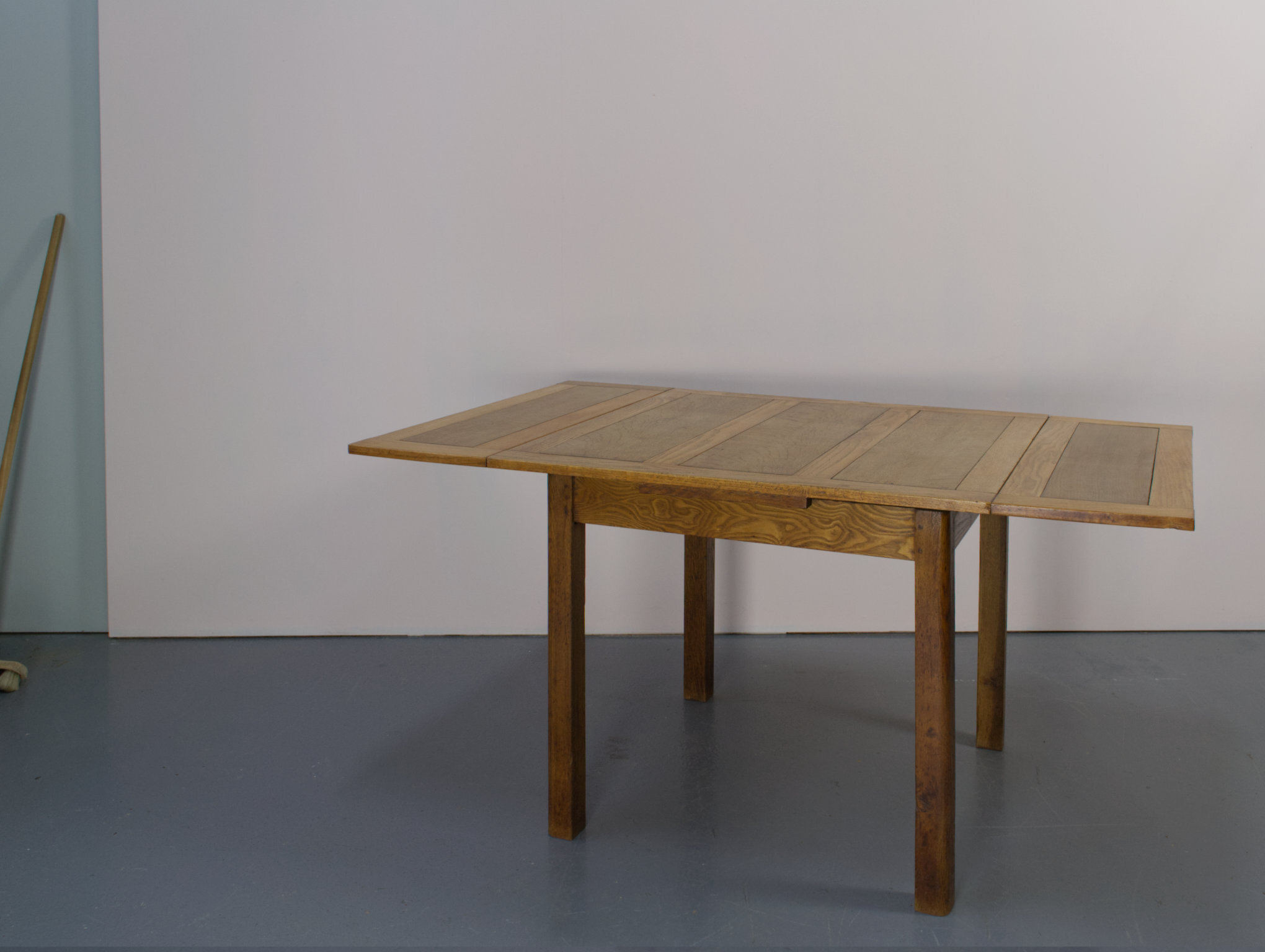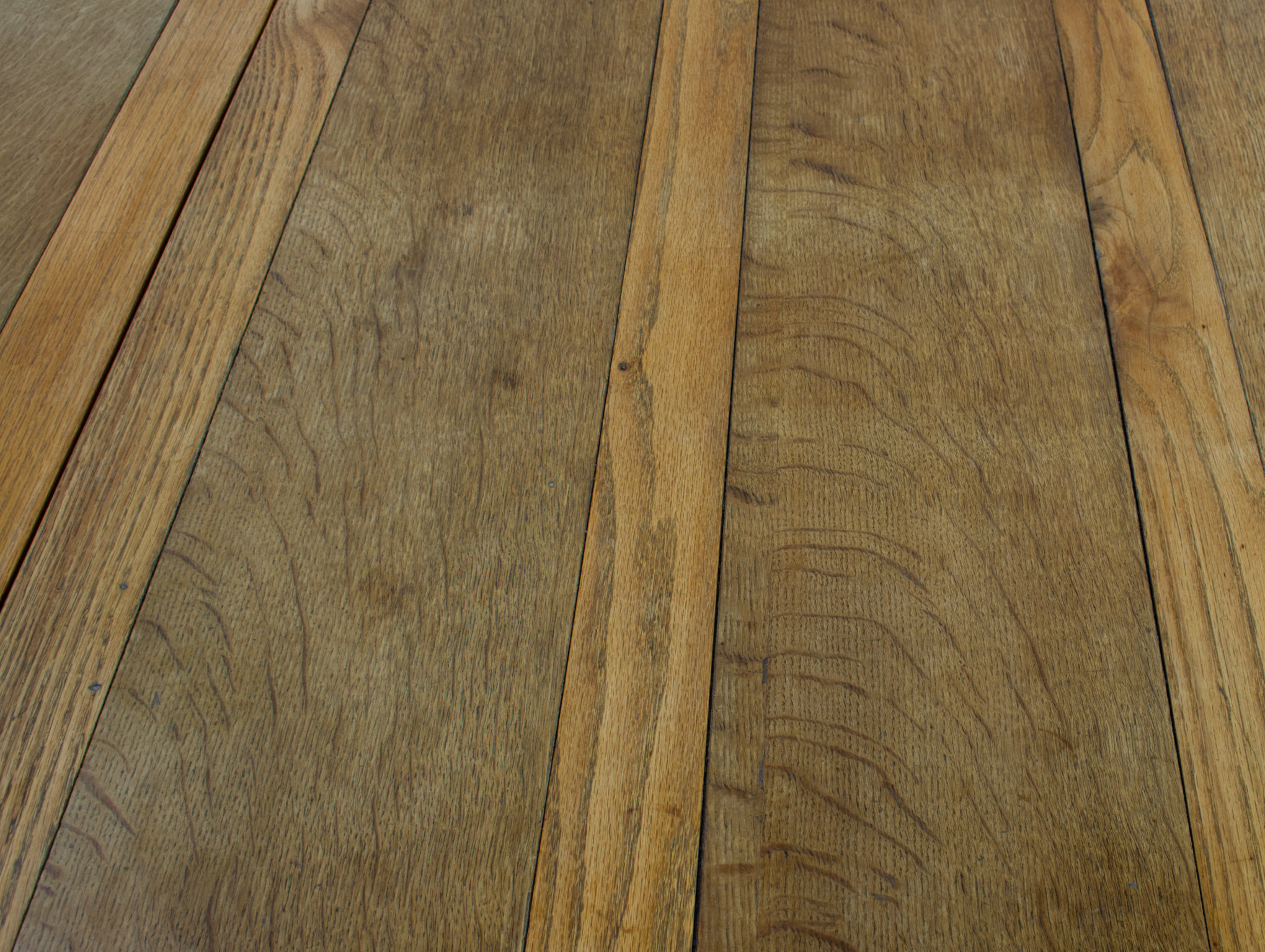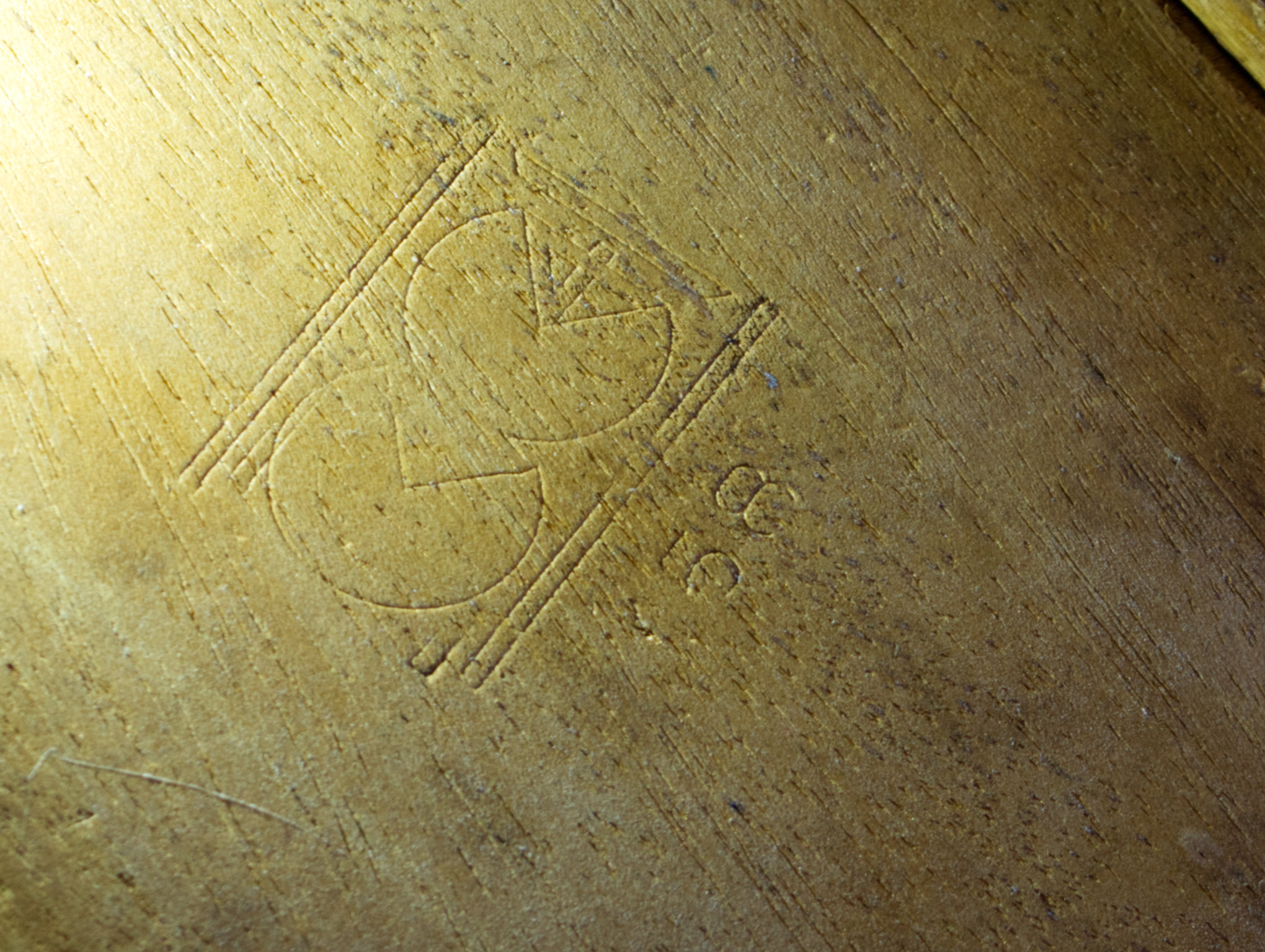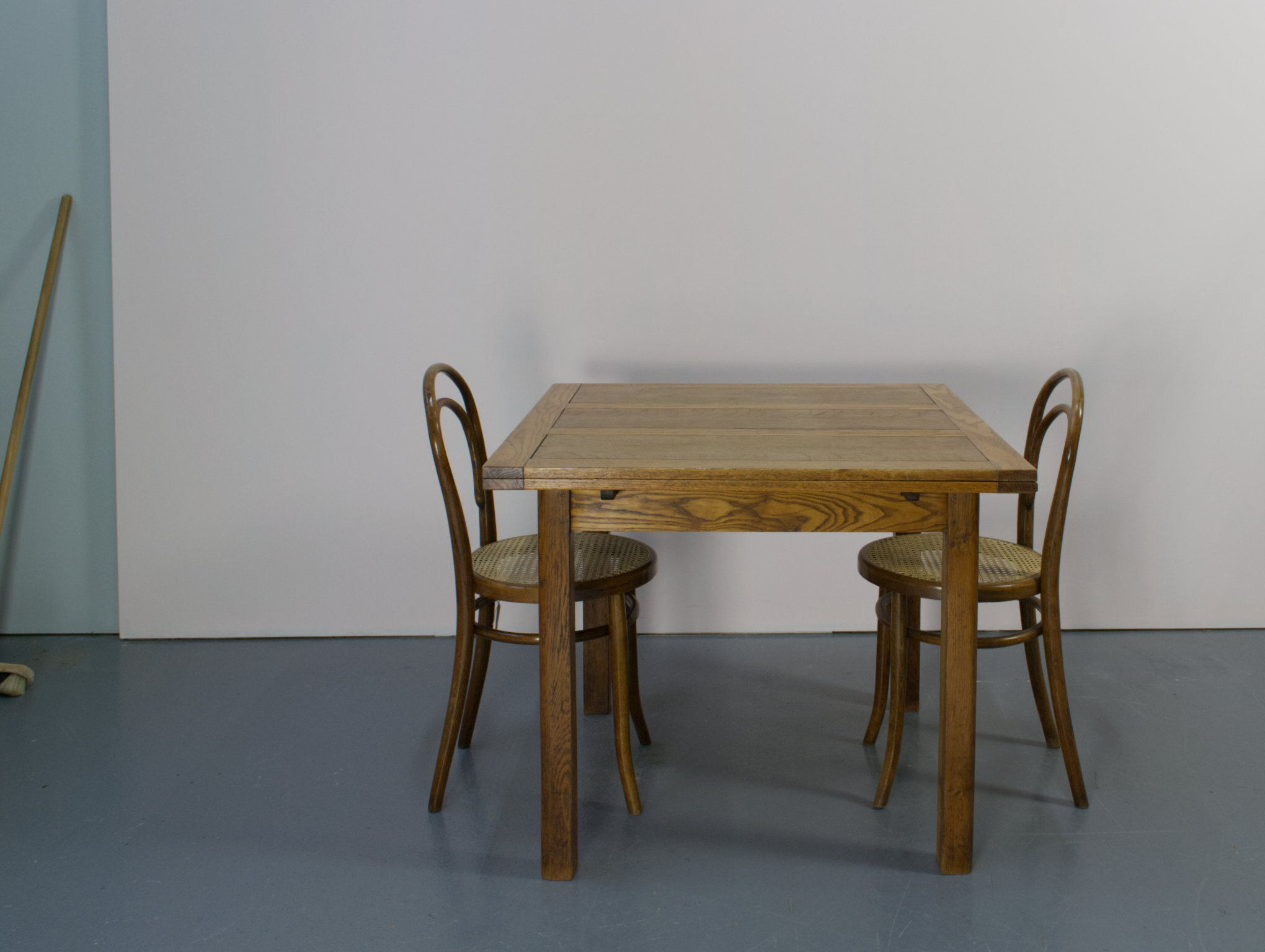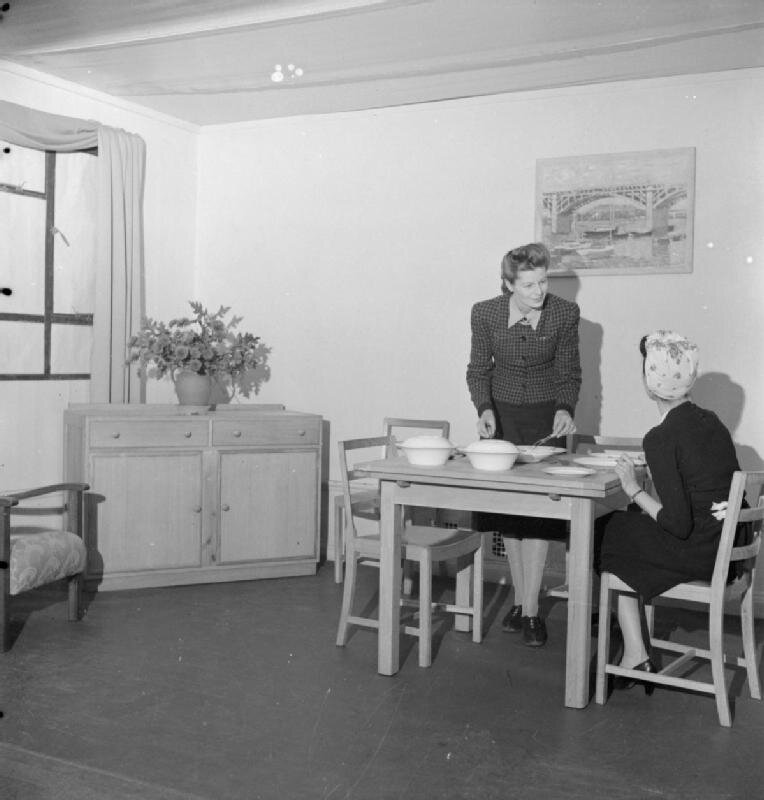Launched by Sir Laurence Watkinson CC41 was an initiative introduced towards the end of the second world war. Its purpose was to provide furniture to people who had been bombed, recently married and later, with new children. The furniture had to meet government austerity regulations and was manufactured by smaller workshops around the country in order to ease distribution and release the larger manufacturers for coopted work for the war. What was needed were designs to reduce the amount of materials, labour and waste yet would be of a high enough standard to last a long time.
There is little information on what the CC41 actually stood for. Speculation with either Civilian Clothing or Controlled Commodity but one thing seems clear the 41 is in reference to the year. The term Utility came later along with the nickname two cheeses due to the ambiguity of the logo design.
Under the Utility Furniture Advisory Committee designers and artist, notably Gordon Russel and Enid Marx, attempted to use the initiative to rectify the impact industrialisation had on design and consumers in the early 20th Century, or as amusingly put by John Vaizey in his introduction to the catalogue for the 1974 exhibition on the Utility Program,
“the debauching of taste which mass production had brought about”
and
“The poor, it seemed, had a thirst for frills and furbelows which gimcrack producers satisfied with shoddy , cheap and nasty things. The system was ugly and it was wasteful.”
It should be noted that John Vaizey was also against the Brutalist Architecture that had been employed at the same time as the Utility Program.
“What was it in the age of Utility that led to the appalling monstrosities that Casson, Sheppard and other famous men have inflicted upon us?”
Those involved with the Utility Program looked back to the ideals of William Morris and the Arts and Craft movement and its link with vernacular furniture tradition. Where as Arts and Crafts returned to artisan crafts men and individual pieces which in turn were not affordable to the masses, industrialisation needed to be incorporated into the system employed by the Utility Program.
Gordon Russel - “a supply of furniture of the best quality available at controlled prices, to meet a real need”
Photograph D 11053 from the collections of the Imperial War Museums, Public Domain.
